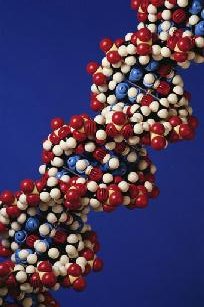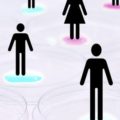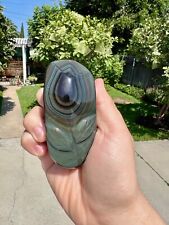
University at Buffalo scientists say that a gene therapy method that doesn’t rely on potentially toxic viruses as vectors may be growing closer as the result of in vitro research results reported in the Proceedings of the National Academy of Sciences. The article describes the successful uptake of a fluorescent gene by cells using novel nanoparticles developed as DNA carriers.
Using confocal microscopy and fluorescent spectroscopy, the scientists tracked optically in real-time the process known as transfection, including the delivery of genes into cells, the uptake of genes by the nucleus and their expression. “We have shown that using photonics, the gene-therapy transfer can be monitored, tracking how the nanoparticle penetrates the cell and releases its DNA in the nucleus,” explained Paras N. Prasad, co-author of the paper. “When the fluorescent protein was produced in the cell, we knew transfection had occurred.”
The work is important in light of the difficulties that have plagued gene-therapy human trials in recent years, including some fatalities that may have resulted from the use of viral vectors. “Efficient delivery of the desired gene and substantial release inside the cell is the major hurdle in gene therapy,” explained co-author Dhruba J. Bharali. “Viruses have been used as efficient delivery vectors due to their ability to penetrate cells, but there is the chance they can revert back to ‘wild’ type.
While non-viral vectors are safer, it is much more difficult to get them into cells and then to achieve the release of DNA once they do penetrate cells. The advantage of this new approach is that unlike most other nonviral vectors, the DNA-nanoparticle complex releases its DNA before it can be destroyed by the cell’s defense system, boosting transfection significantly. The researchers also were able to use photonic methods to provide an unprecedented look at how transfection occurs, from the efficient uptake of nanoparticles in the cytoplasm to their delivery of DNA to the nucleus.
“No gene-delivery vehicle – either viral or non-viral – has never been tracked in the cell before,” said third co-author Tymish Y. Ohulchanskyy. “By using our photonics approach, we can track gene delivery step by step to optimize efficiency.”
The research team makes its nanoparticles from a new class of materials: hybrid, organically modified silicas. “The structure and composition of these hybrid materials yield the flexibility to build an extensive library of tailored nanoparticles for efficiently targeting gene therapy into different tissues and cell types,” said Prasad.


















Comments are closed.